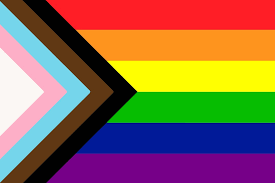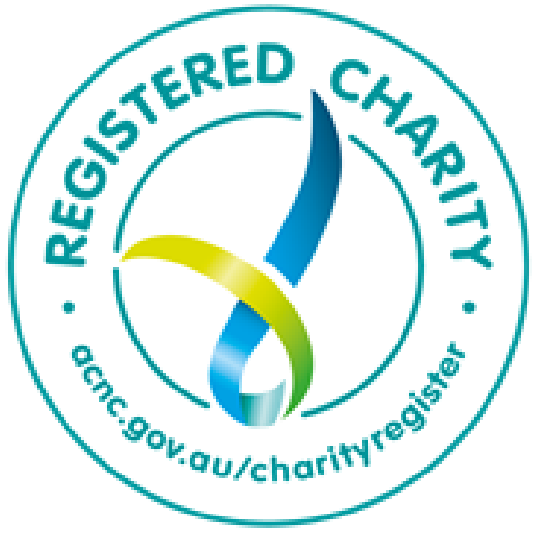IDAHOBIT: How my gender transition helped me recover from an eating disorder
International Day Against Homophobia Transphobia & Biphobia (IDAHOBIT)
I was twelve years old, as I stood sideways in the mirror I could see the subtle curves of breasts forming under my skin. I knew puberty was coming soon, which began the feelings of despair and panic to rise in my throat. I was becoming a woman and that terrified me. I would fall asleep on my pillow, wet with tears. All I wanted was a way out.
By the time I was fourteen, I had developed a serious eating disorder that stunted my growth and suppressed my puberty. As someone who experienced life as a teenage ‘girl’, it seemed like you were supposed to hate your body. I thought if I tried hard enough to be the “ideal girl”, somehow being a girl would start to feel right. I began wear the “right” clothes, learned to do makeup and increasingly became more enveloped in my eating disorder. No matter how much my body resembled the supermodels, it still felt like I was wearing a costume that I couldn’t take off.
Without knowing how to really describe what I was feeling, I felt hopelessly alone. Eventually, I sort of checked out of my body; as being present was too painful. My eating disorder was the only thing that made me feel like I had any control over my changing body. I spiralled deeper into my illness until it totally consumed my life.
When I got to university, I met other trans people for the first time. I discovered that I wasn’t the only person in the entire world who felt this way. Finally, I had the words to describe a feeling I’d had my entire life. I was surrounded by a community of people who had similar experiences. I was able to surround myself with supportive friends who gave me the space to explore my gender.
I was terrified to take the first steps in my transition, but it felt like I didn’t have a choice. I’d been so unhappy for so many years that I knew if I didn’t take the leap, I wouldn’t be alive for much longer. I took it in baby steps.
The first thing I did to transition was get my hair cut short. For so many years, I’d been unable to recognise myself in the mirror. I was so disconnected from the body I was living in that I couldn’t find myself in a group photo. When I stood up from the barber’s chair, I fought back tears. I recognised the person staring back at me. And I liked him. I’d spent so many years unable to imagine myself living to see a future, but in that moment I was able to see who I wanted to be and the life I wanted to live to experience.
After that, I realised that I needed to come out of the closet. I asked people to switch from calling me ‘she’ to ‘he’. I legally changed my name to Kai. I surrounded myself with people who loved me unconditionally. My transition didn’t come without its pitfalls though, I didn’t like to see my body or how strangers would look at me and see a girl. I decided to start testosterone therapy, which as a defining moment in my eating disorder recovery. Pretty quickly, my voice dropped, my body shape masculinised, and my periods stopped. I stopped thinking about my body as much. When I was out in public, strangers call me ‘sir’. I was able to use the men’s bathroom without getting confused looks. Then after a few years of saving up, I had top surgery to masculinise my chest. After a month of healing, I went to the beach shirtless. It was the first time I felt truly at ease in my body.
Over the course of my transition, my eating disorder was still present, but its power gradually lessened. The relapses became less frequent and easier to manage. I think my eating disorder developed as a way to stunt my puberty, and so the more my body has grown to align with my gender, the easier it has become to ignore the eating disorder’s voice in my head.
Today, I’m a sexologist and Masters student focused on trans and gender diverse health. Eating disorders in my community are something I want to study further. While we have very little research on the topic, what we do know is that 2 in 3 trans young people have engaged in disordered eating behaviours. Unfortunately, the eating disorder treatment options in Australia don’t always meet the needs of my community. We need more clinicians who understand the role that transitioning can play a key role in our eating disorder recovery.
Transitioning means something different to everyone. For me, it involved medical care, but for other people a change of name or pronouns may be all they need to feel comfortable. Still, being able to affirm who we are, in whatever way feels right, can be an essential part of eating disorder recovery for trans people like me. I know it was essential to mine.
This IDAHoBIT, I stand with all the LGBTIQA+ young people in Australia experiencing mental health issues. Remember: you are not alone, you are loved, and recovery is possible.
Kai Schweizer





















